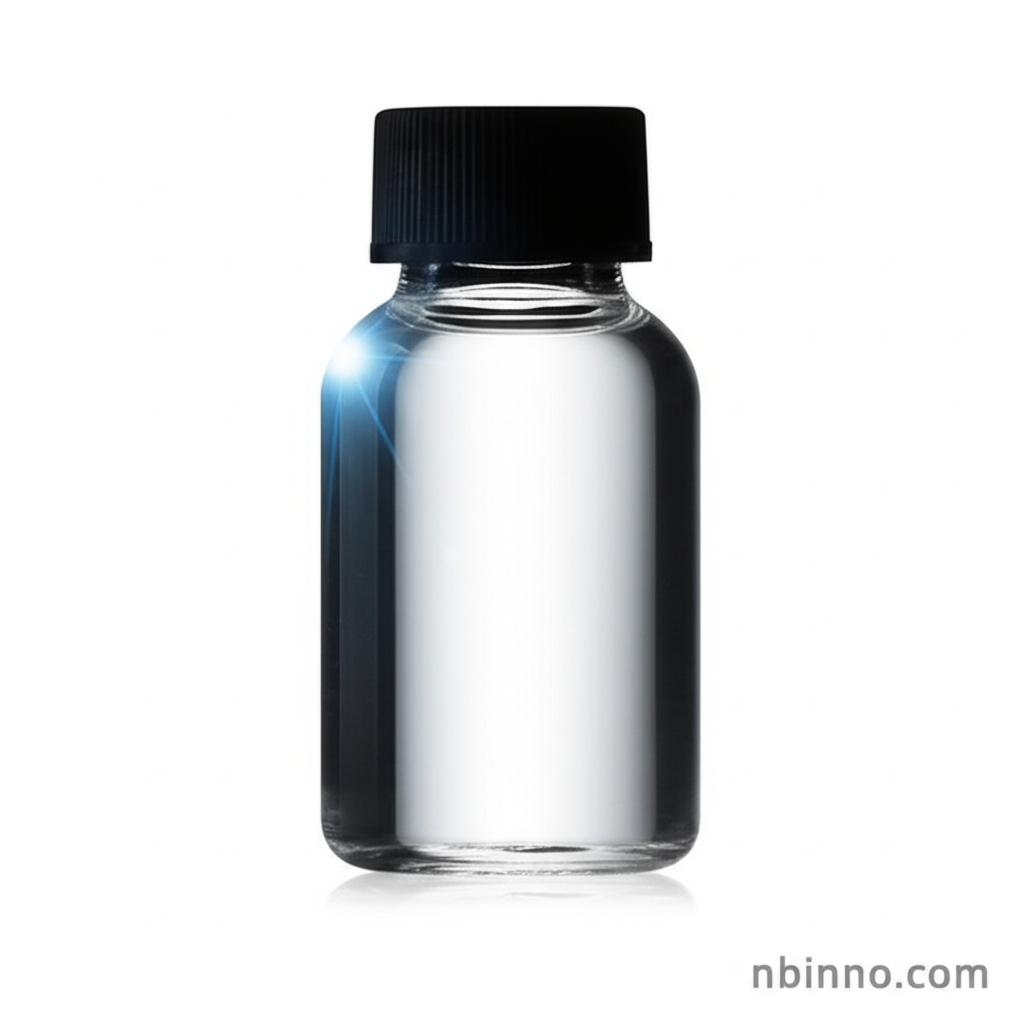3-Chloro-2-fluoro-5-(trifluoromethyl)pyridine: A Key Intermediate in Organic Synthesis and Agrochemicals
Unlocking the potential of advanced chemical intermediates for your next breakthrough in synthesis and product development.
Get a Quote & SampleProduct Core Value

3-Chloro-2-fluoro-5-(trifluoromethyl)pyridine
This compound is a crucial halogenated pyridine derivative, serving as a vital building block in the synthesis of complex organic molecules. Its unique structure, featuring fluorine, chlorine, and a trifluoromethyl group, imparts specific reactivity, making it highly sought after in various chemical industries.
- Discover the power of 3-chloro-2-fluoro-5-(trifluoromethyl)pyridine synthesis for your research needs.
- Explore the diverse 2-fluoro-3-chloro-5-(trifluoromethyl)pyridine applications in modern chemistry.
- Leverage CAS 72537-17-8 as a reliable chemical intermediate for your projects.
- Utilize trifluoromethylpyridine derivatives as essential building blocks in organic synthesis.
Key Advantages
Versatile Chemical Intermediate
As a key intermediate in organic synthesis, it facilitates the creation of complex molecules essential for advanced materials and pharmaceuticals.
Agrochemical and Pharmaceutical Relevance
This compound plays a vital role in the production of agrochemicals like herbicides and fungicides, and in pharmaceutical synthesis, enhancing product efficacy.
Enhanced Reactivity and Stability
The specific arrangement of halogen atoms contributes to its unique reactivity profile and stability, ideal for demanding chemical processes.
Key Applications
Organic Synthesis
Serves as a fundamental building block for a wide array of organic transformations, enabling the synthesis of novel compounds.
Agrochemical Production
Crucial intermediate in the formulation of pesticides and herbicides, contributing to effective crop protection solutions.
Pharmaceutical Development
Acts as a precursor for active pharmaceutical ingredients (APIs), where its fluorinated structure can improve metabolic stability and efficacy.
Materials Science
Its unique properties make it valuable in developing specialty materials with tailored characteristics.
